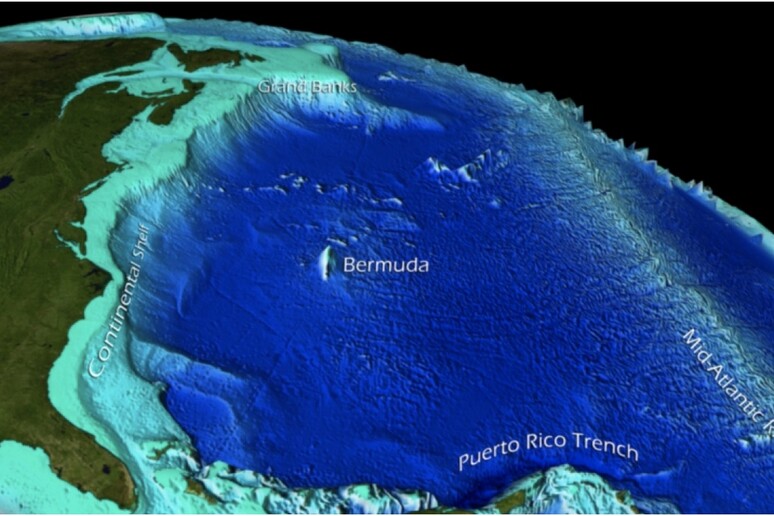Waves of marine heat strike the seabed too and may even be more intense and long-lasting than those which affect the ocean surface, according to the first complete analysis of marine heatwaves, carried out in the waters that cover the North American continental shelf and which are a key habitat for many species valuable on the market such as lobsters and cod. The study, published in Nature Communications, was led by researchers at the US National Oceanic and Atmospheric Administration (NOAA). Among those taking part was Italy’s Antonietta Capotondi, a physical oceanographer at NOAA and the University of Colorado at Boulder.
"Researchers have been investigating marine heat waves at the sea surface for over a decade now," says lead author Dillon Amaya of NOAA. "This is the first time we've been able to really dive deeper and assess how these extreme events unfold along shallow seafloors," Amaya says. The researchers started off from observations done on the surface of the ocean (thanks to satellites, ships and buoys) and input that data into computer models to simulate ocean currents that upwell from the deep, as well as the influence of the atmosphere, so as to reconstruct the temperatures on the ocean floors.
The analysis focused on the west and east coasts of North America, using data spanning three decades, from 1993 to 2019, to produce simulations with a resolution of 8 kilometres. The results indicate that the marine heatwaves on the ocean floors tend to last longer (sometimes even months) and are sometimes more intense than those observed at the surface in the same locations, with temperature spikes along the seafloor ranging from half a degree Celsius up to 3 degrees Celsius
Riproduzione riservata © Copyright ANSA













